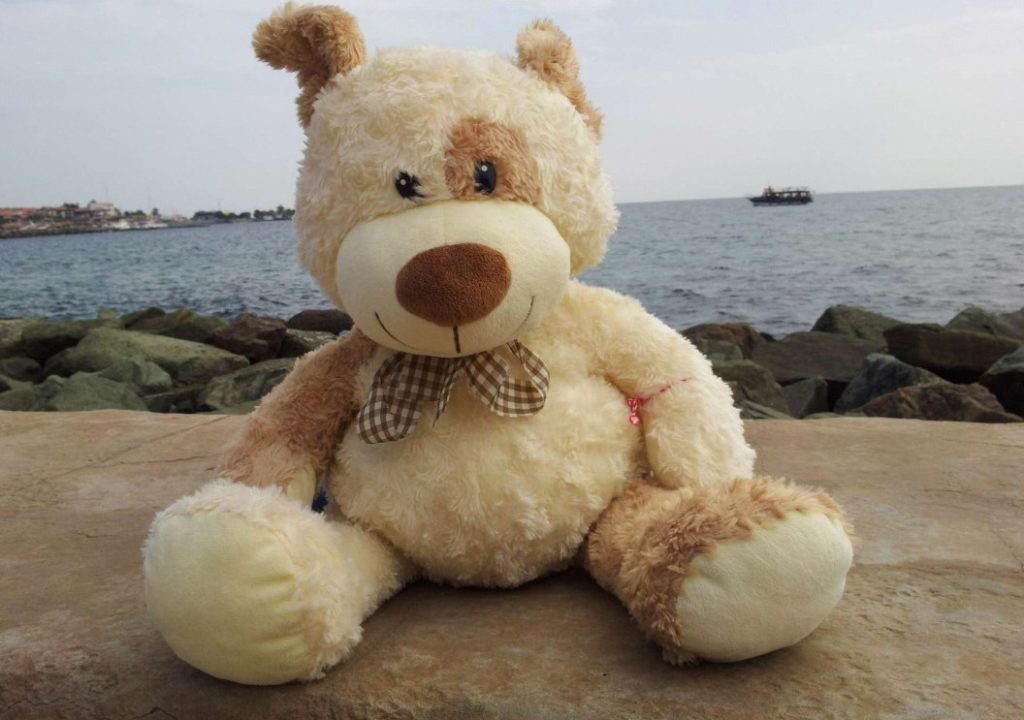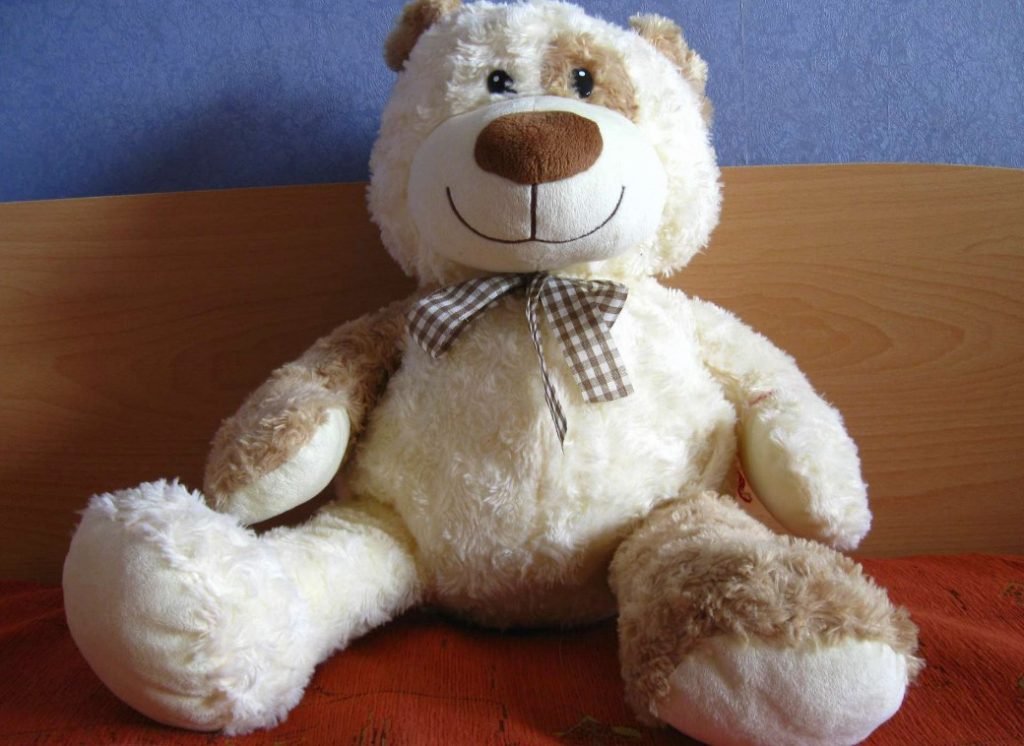Stuffed animals have been a source of comfort and joy for children for centuries. There’s something undeniably special about a cuddly companion that offers a sense of security and a world of imaginative play. But within the realm of stuffed animals, one particular design element reigns supreme in the realm of cuteness: big eyes.
Part 1: The Allure of Big Eyes

Evoking Infant Cuteness:
Numerous studies have indicated that humans are biologically inclined to find certain features, such as large eyes and rounded faces, particularly endearing. These characteristics are reminiscent of those found in human infants, triggering a built-in nurturing instinct and eliciting feelings of protectiveness. Big-eyed stuffed animals seamlessly capitalize on this inherent bias, utilizing these features to make them instantly and universally appealing. The large, expressive eyes of these toys, in particular, tend to trigger an emotional response, evoking a sense of empathy and connection. This inherent inclination towards these features plays a pivotal role in the widespread appeal of big-eyed stuffed animals, creating an instant emotional bond that transcends age and cultural boundaries. This biologically rooted predisposition to find these traits charming underscores the enduring popularity and emotional resonance of big-eyed stuffed animals across diverse demographics.
A World of Expression:
Stuffed animals with large eyes not only appear visually appealing, but also serve a functional purpose by allowing for a wider range of expressions to be conveyed through simple stitching or fabric choices. A subtle change in the angle of the eyes, the addition of glitter, or even a hint of sadness in the iris can create a whole spectrum of emotions, making the stuffed animals highly expressive. This ability to convey a variety of emotions enhances the emotional connection between children and their toys, turning these stuffed animals into more than just cuddly toys. They become confidantes and companions who seem to understand a child’s feelings and experiences, making them valuable allies in a child’s emotional development.

Part 2: A History of Big Eyes
Early Examples:
Big-eyed stuffed animals prevail today, but their origins stretch back centuries. Archaeologists have discovered dolls with large eyes in ancient Egyptian tombs, demonstrating their existence throughout history. Similar designs showcasing dolls with expressive eyes have been documented in various cultures around the world, indicating their enduring presence and significance across diverse societies. These historical artifacts and cultural depictions demonstrate that the aesthetic appeal and emotional resonance of big-eyed toys transcend temporal and geographical boundaries, reflecting a long-standing and universal fascination with these endearing and emotive features. Therefore, although contemporary iterations of big-eyed stuffed animals may dominate the modern toy industry, their roots run deep, reflecting a timeless and cross-cultural appreciation for these captivating and expressive designs.
The Rise of Popular Culture:
The modern era of big-eyed stuffed animals can be traced back to the mid-20th century. During this time, companies such as Effanbee in the US and Gund in Germany played pivotal roles in popularizing dolls with large, expressive eyes that captured the hearts of children. These early iterations of big-eyed stuffed animals set the stage for a trend that continued to thrive through the late 20th century. Iconic brands like Teddy Ruxpin and Beanie Babies further solidified the popularity of big-eyed stuffed animals, becoming highly sought-after toys and collectibles that resonate with people of all ages. The appeal of these endearing toys lies in their ability to evoke a sense of empathy and connection, making them cherished companions for children and prized possessions for collectors.

Part 3: The Collectible Craze
Limited Editions and Rarity:
Some lines of big-eyed stuffed animals have attained a status of high collectibility. Take, for instance, Ty Beanie Babies, with their distinctive themes, production variations, and limited editions, which have contributed to the formation of a fervent collector community. The allure of seeking out and owning a rare Beanie Baby has fueled the passion of collectors, elevating these plush toys from mere playthings to coveted objects of desire. The pursuit of these sought-after stuffed animals has created a sense of thrill and adventure, adding an exciting dimension to the act of collecting. Moreover, the exclusivity and rarity of certain Beanie Babies have added an element of prestige to owning these plush toys, further enhancing their appeal to collectors.
Beyond Beanie Babies:
Beanie Babies are certainly a well-known example, but there are several other brands that have developed dedicated fan bases. For example, Squishmallows have gained popularity due to their super soft material and ever-expanding selection of characters, while Pusheen, originally a web comic, has grown into a plush empire. These brands illustrate that large-eyed stuffed animals continue to be sought-after collectibles among people of all ages. The appeal lies not only in their endearing aesthetics but also in their ability to evoke a sense of nostalgia and bring joy to their owners. Whether it’s the irresistibly soft texture of Squishmallows or the charming characters from Pusheen, these big-eyed stuffed animals have proved themselves to be timeless and beloved collectibles in the world of toys and plushies.

Part 4: The Enduring Appeal
Comfort and Connection:
Big-eyed stuffed animals have a lasting appeal as they offer a unique source of comfort and emotional connection. Their large, often innocent-looking eyes have an endearing quality that tends to evoke a sense of trust and companionship. This makes them ideal confidantes for a child’s worries and dreams, serving as loyal companions as they navigate the highs and lows of childhood. The expressive eyes of these toys can provide a sense of reassurance and empathy, creating a bond that offers solace in times of distress and joy in moments of play. The emotional impact of these big-eyed stuffed animals goes beyond their physical presence, fostering a sense of security and serenity for children as they form deep connections with these treasured companions. As a result, these plush toys continue to hold a special place in the hearts of many individuals, symbolizing the enduring comfort and companionship they provide.

More Than Just a Toy:
Big-eyed stuffed animals can become prized possessions, transitional objects that help children navigate new experiences, and cherished companions throughout life. The unwavering loyalty and silent understanding offered by these big-eyed friends is a testament to the enduring power of plush playthings.


